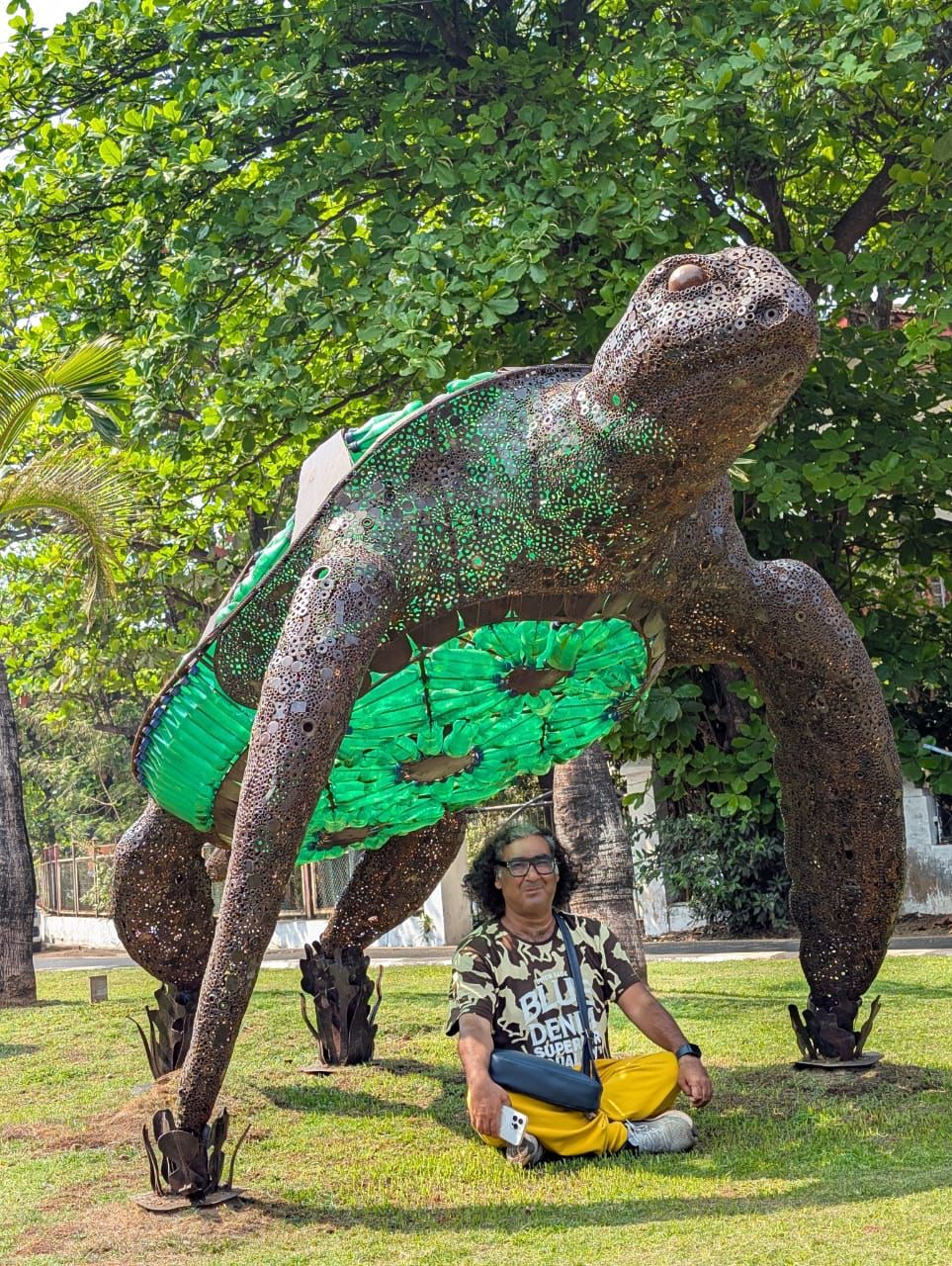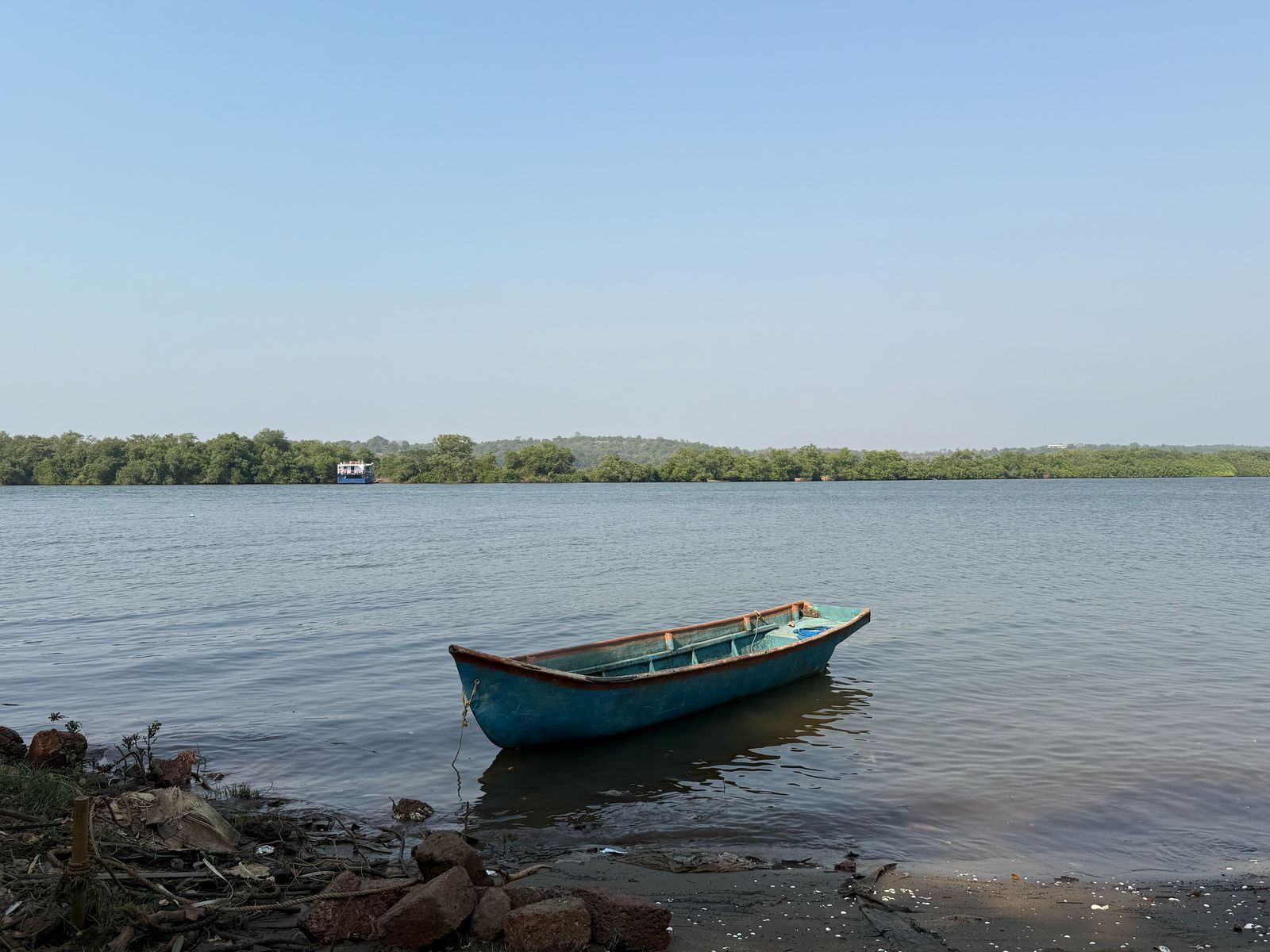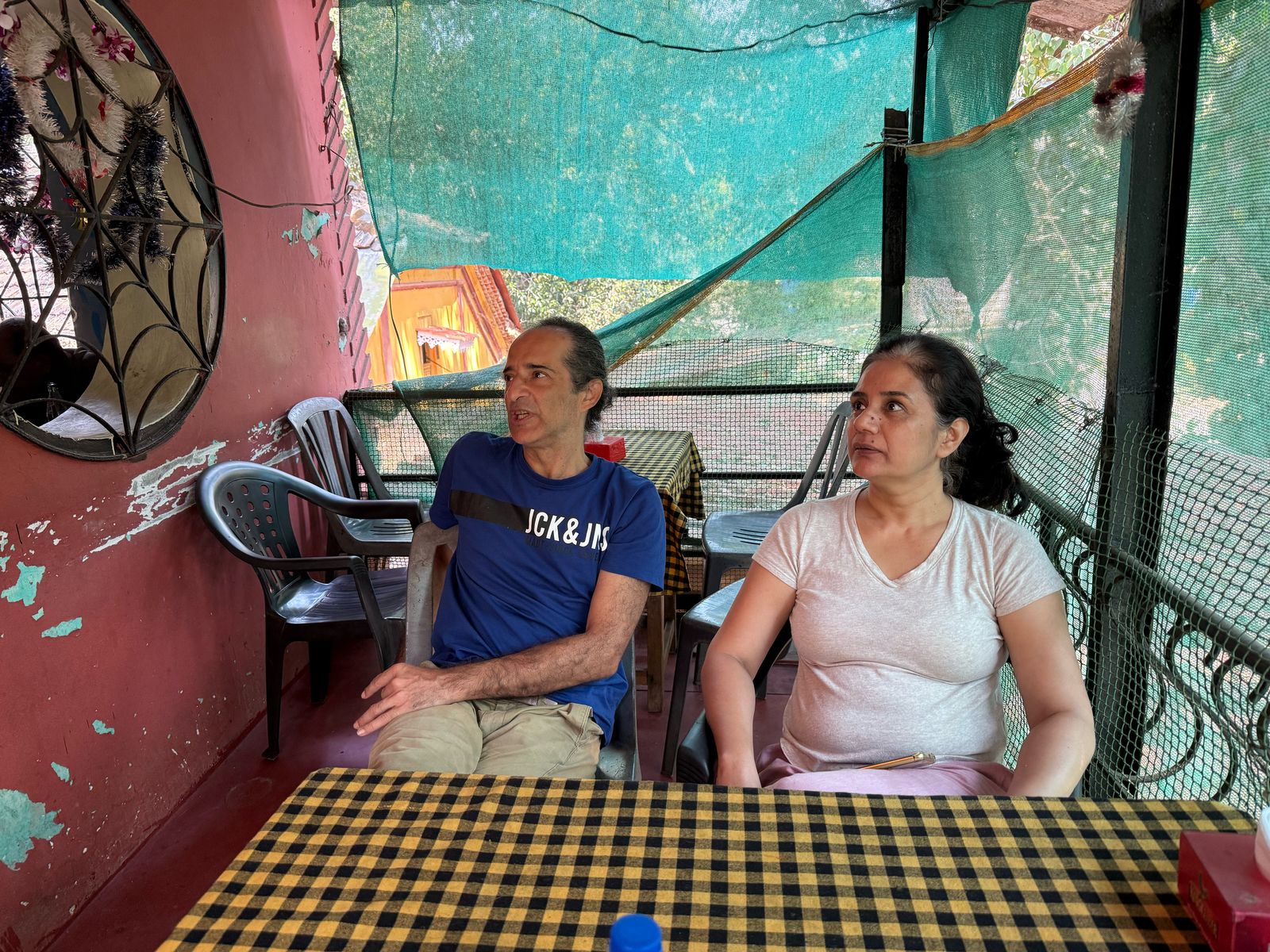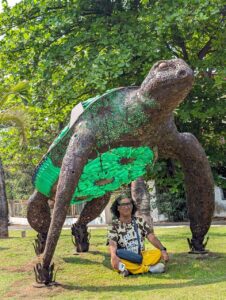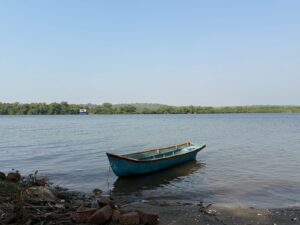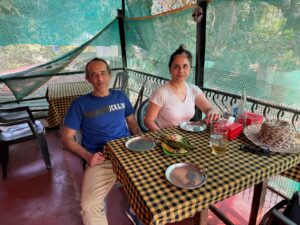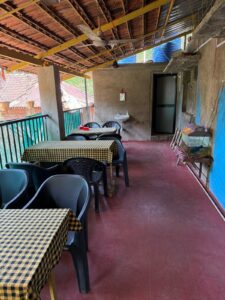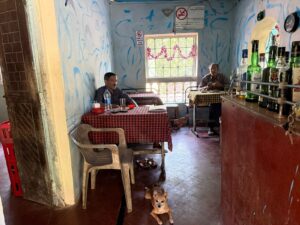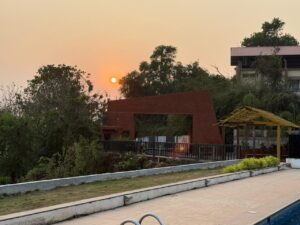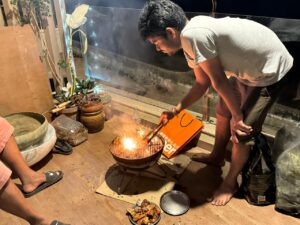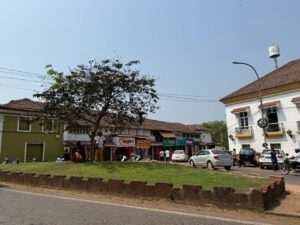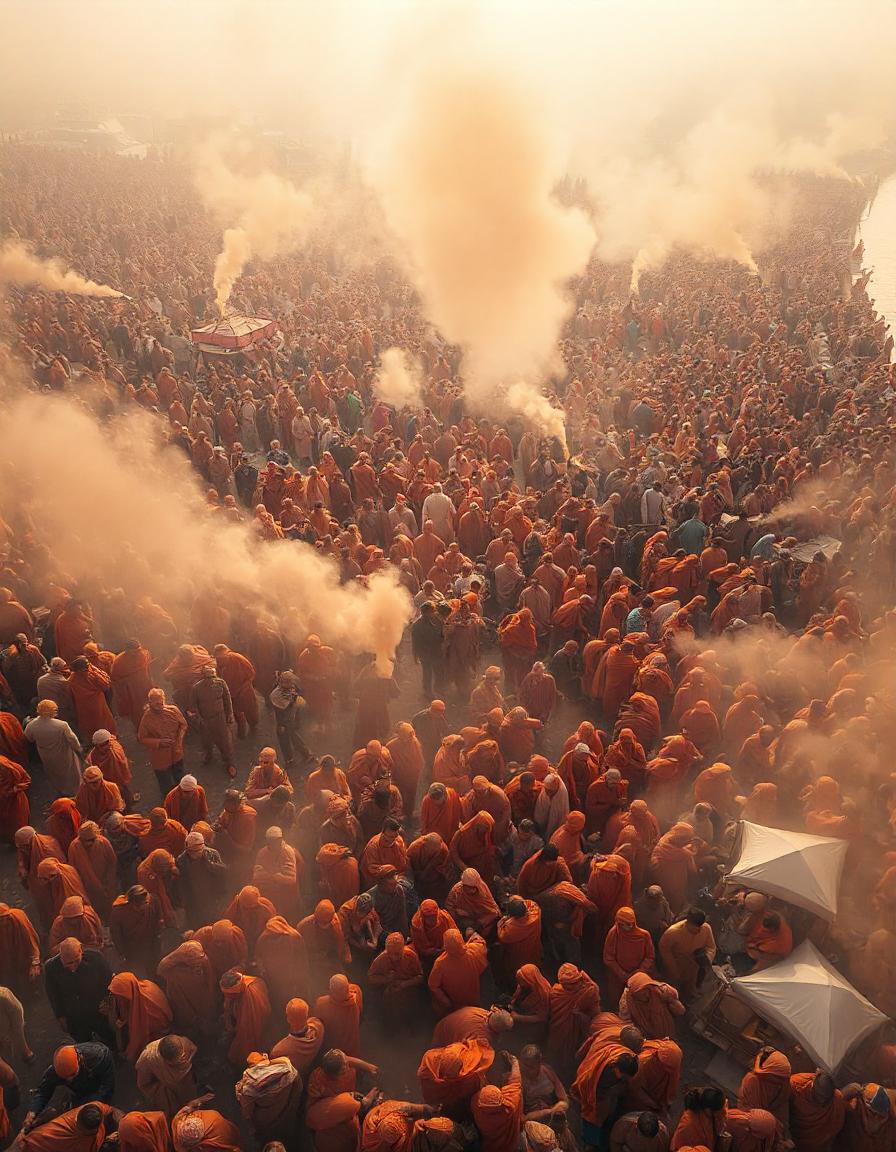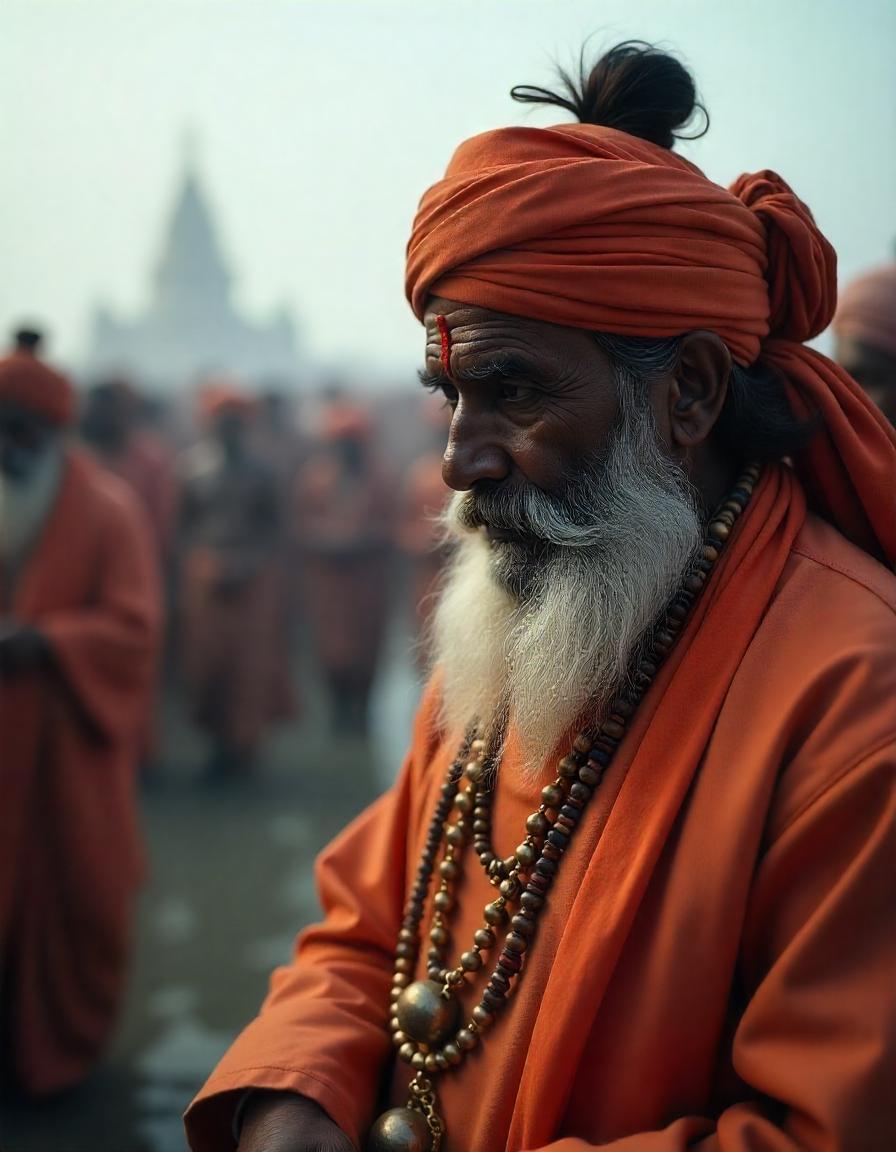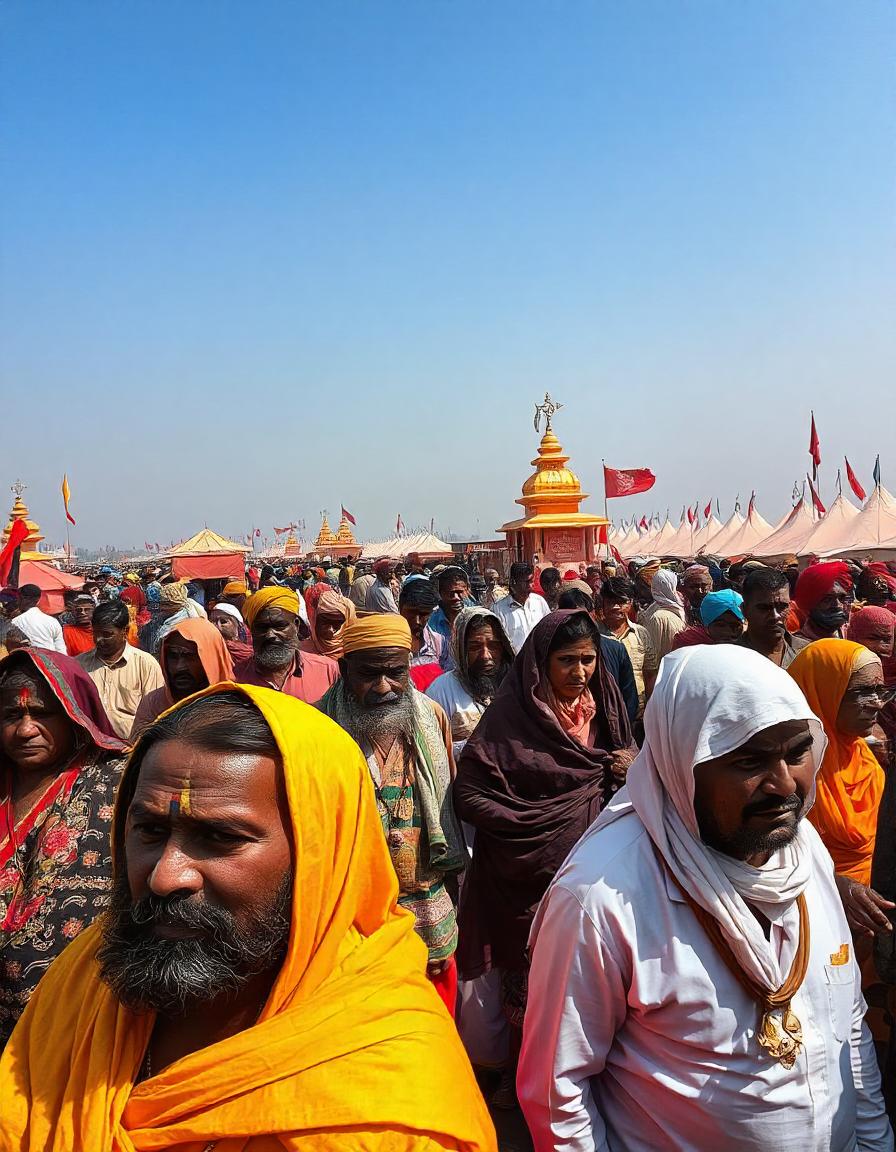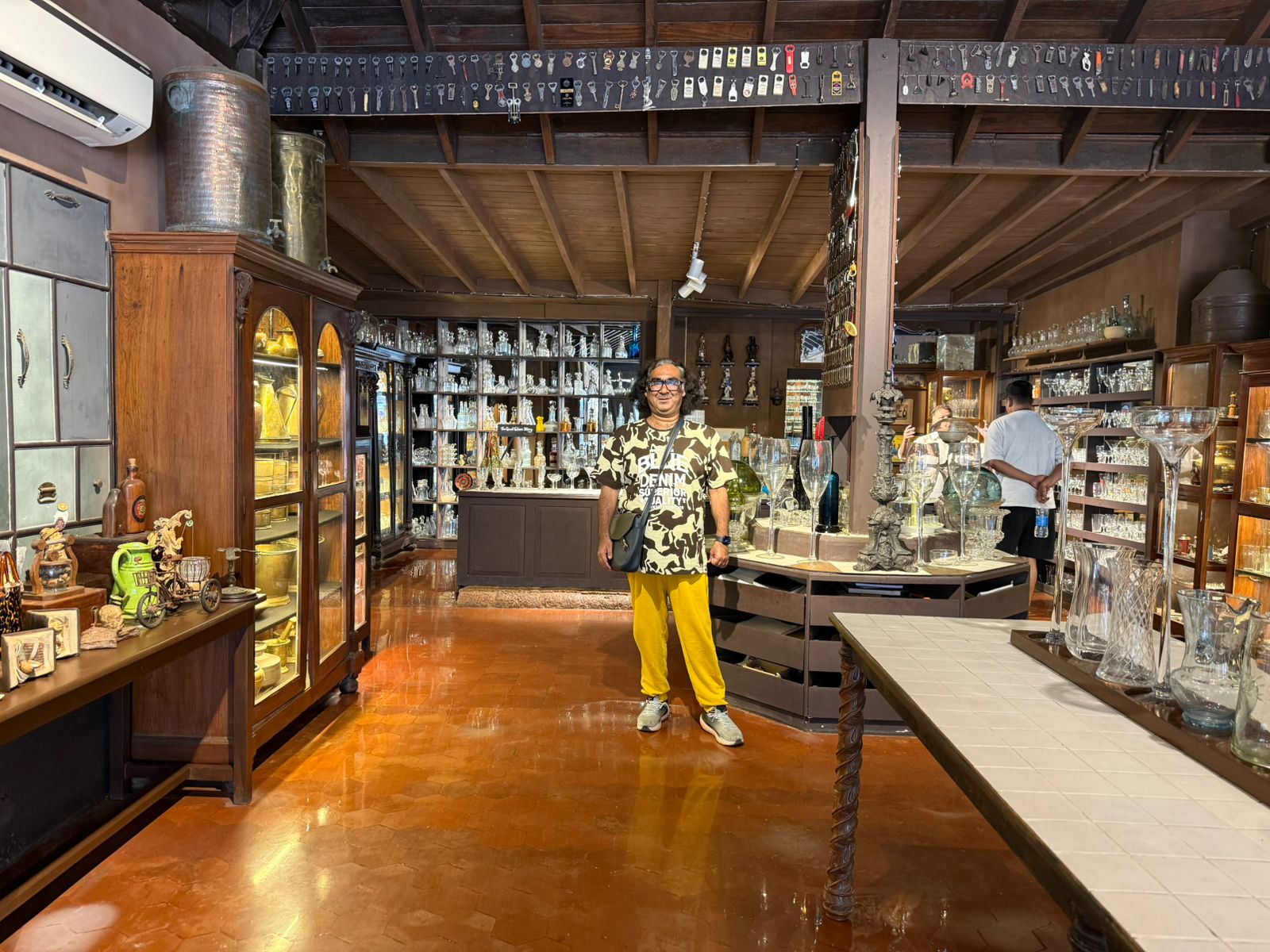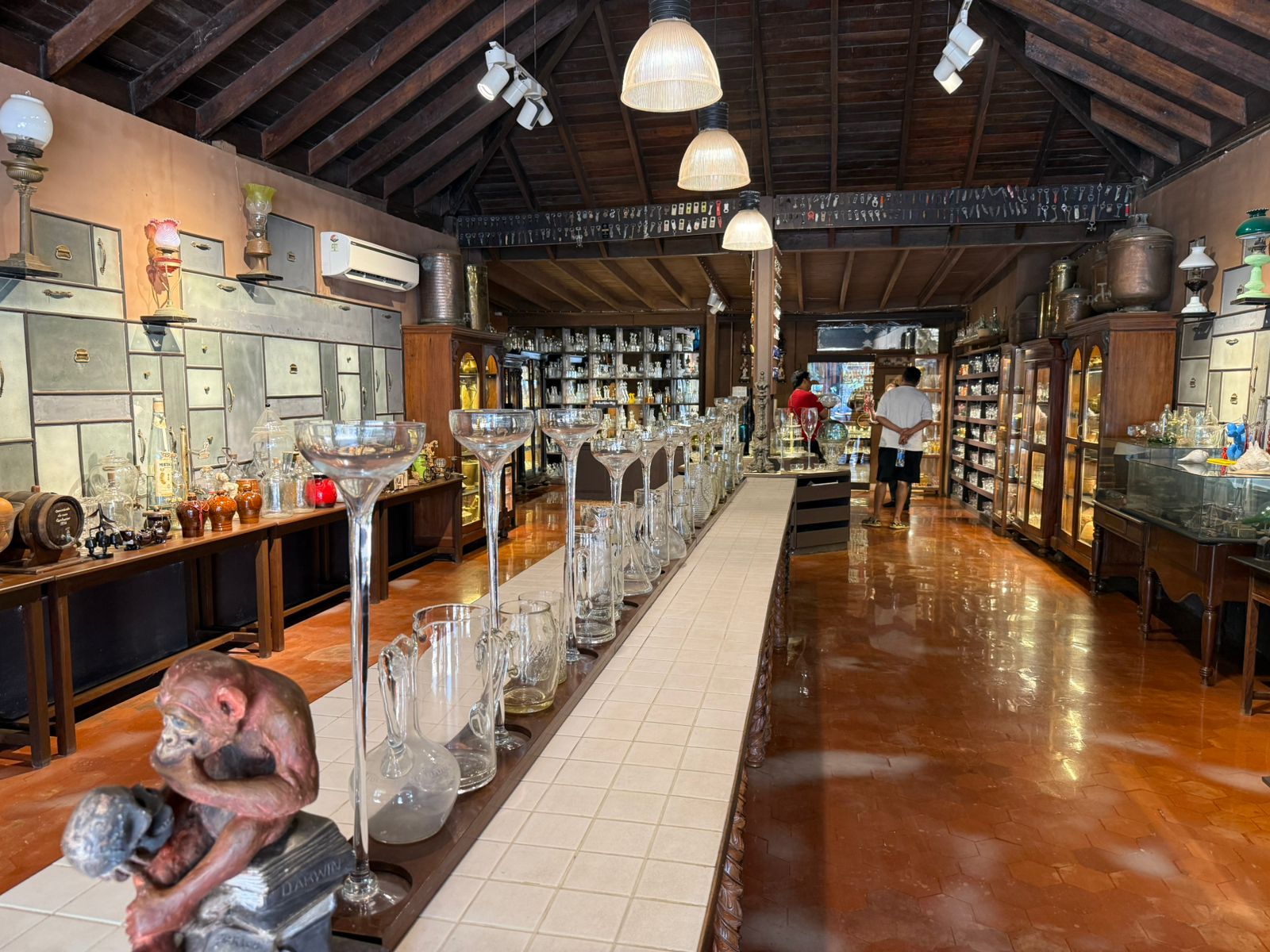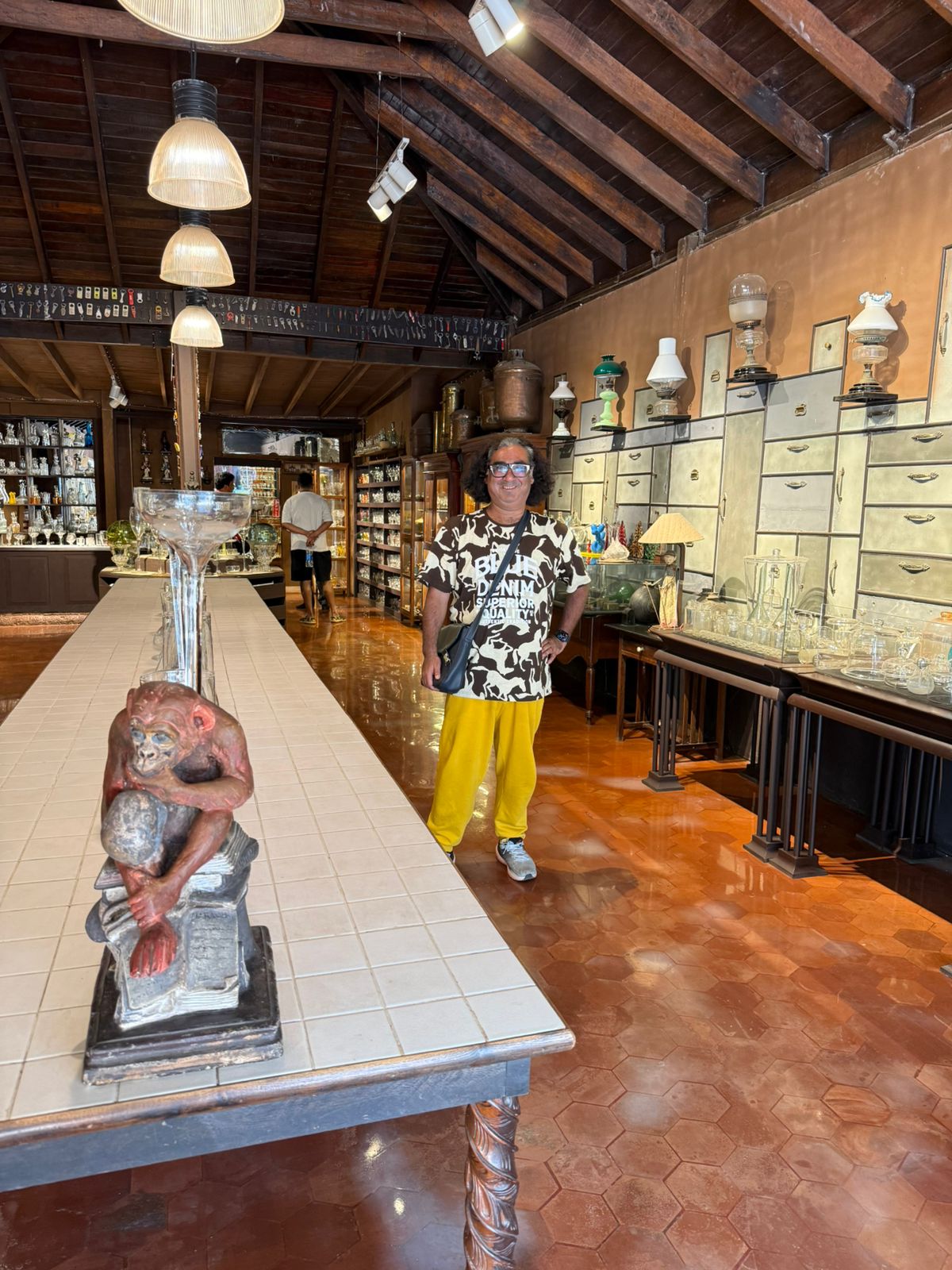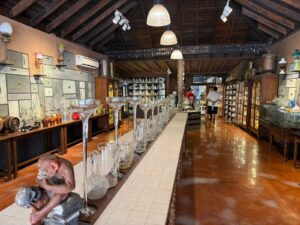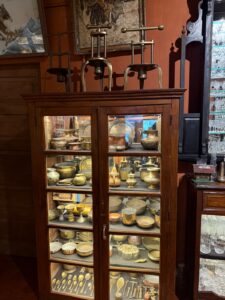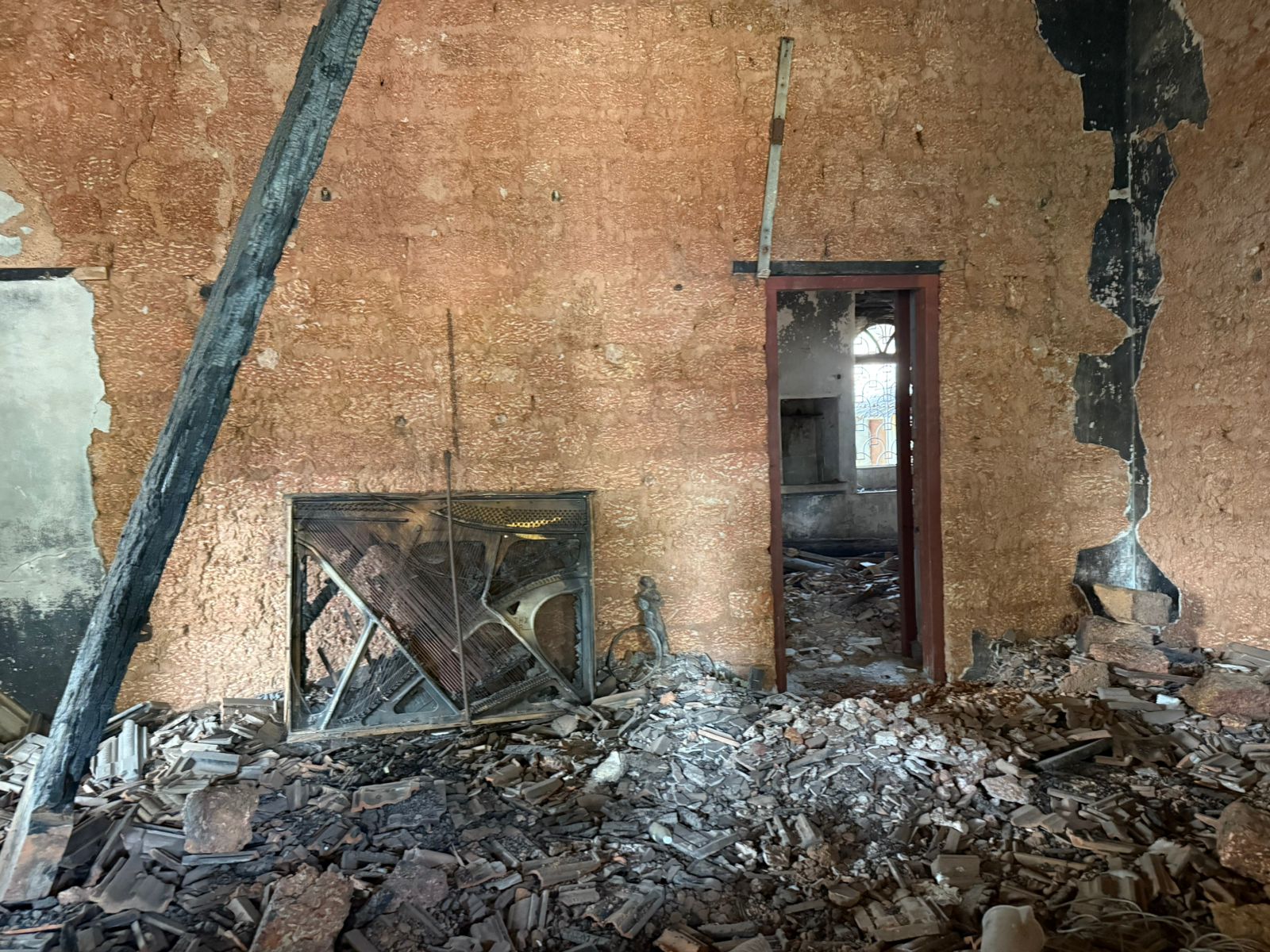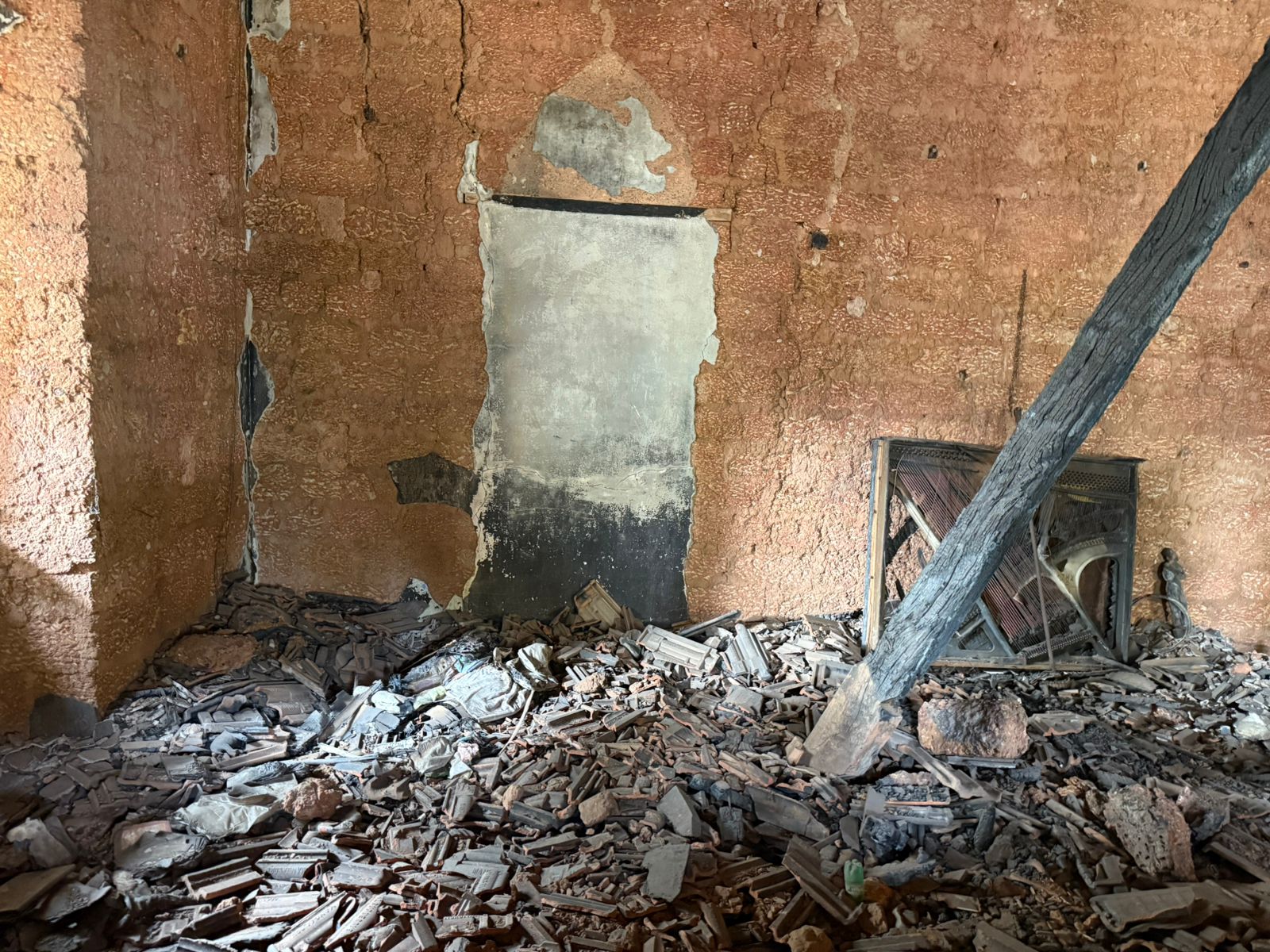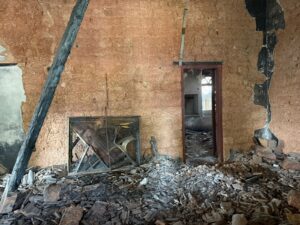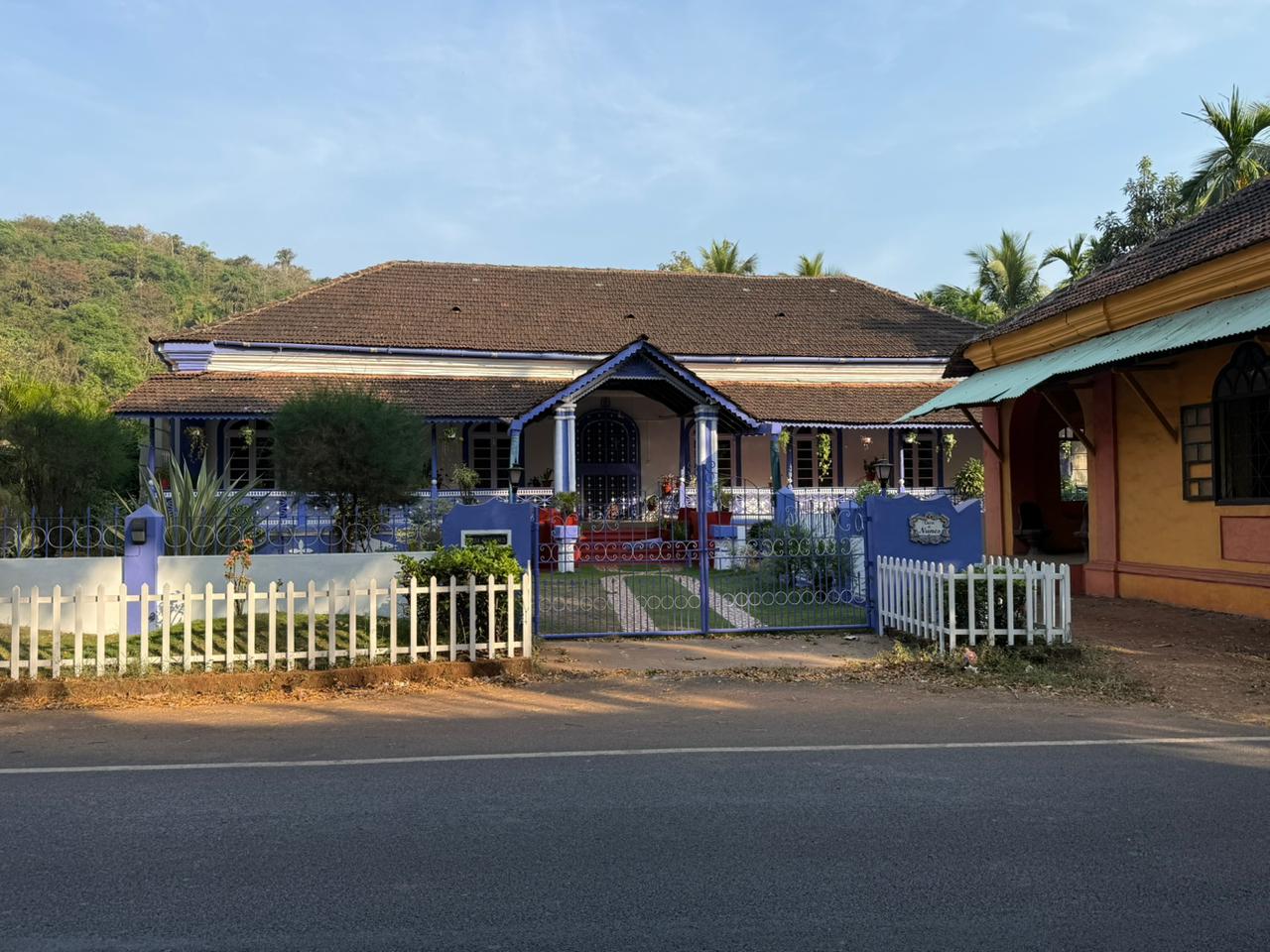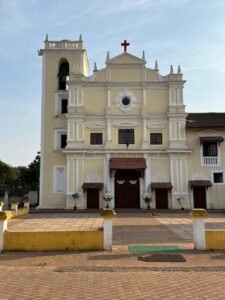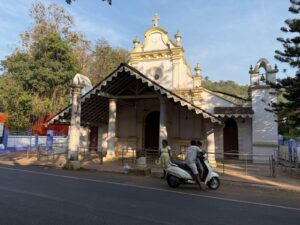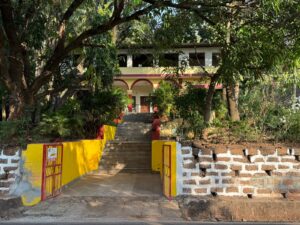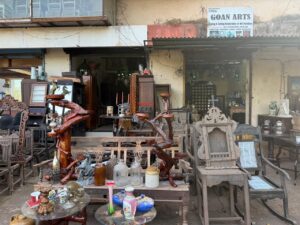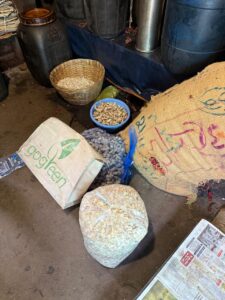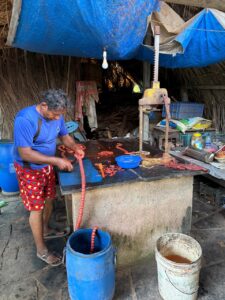Goa, sweet Goa—the sun has truly seeped into my bones, and the taste of the tangy fish thali still lingers on my tongue. The sea breeze drifts through my open window in the morning, as my room faces east and the first rays of sunlight shine in. My daily swims keep me busy, but it had been a while since we went out. Today was the day we decided to have lunch at Karavello’s Hut.
This small Goan joint is very basic in nature and is run by a local named Karavello. He and his wife cook for travelers, serving some great food at very cheap prices. The family has a couple of dogs—one of them almost bit me when I ventured into the kitchen to see how Madam Karavello was cooking her crabs and lobsters. The great thing about this place is that everything is freshly made. The fish and prawns are caught fresh and cooked on the spot when ordered. In fact, we had to wait for an hour for our food, as it was being prepared only after we placed the order.
Karavello’s Café
I had a plate full of crabs, while my mate Ani and his wife feasted on prawns and sea fish. The baked fish, wrapped in a green banana leaf, was the best. I even enjoyed munching on sardines, which were amazing. We had plenty of lemon, which we generously squeezed onto the baked fish. After sipping my Carlsberg beer, I decided to order some squid as well. Karavello told me that the most expensive dish on the menu was the lobster curry, as lobster was indeed very pricey.
After our meal, I moved further towards the Chapora River, and to my delight, I spotted a bunch of foreigners fishing. They were leisurely standing by the river’s edge, hoping to catch some river fish as they dangled their hooks in anticipation of a prized catch. It was meditative just watching and waiting for a fish to bite. I realized that fishing is all about patience—one must simply wait for the fish to take the bait. It is also a sport of skill, requiring knowledge of how to handle a line and a hook.
I thoroughly enjoyed my excursion and was happy to breathe in the cool and soothing Goan air.
Continue Reading


